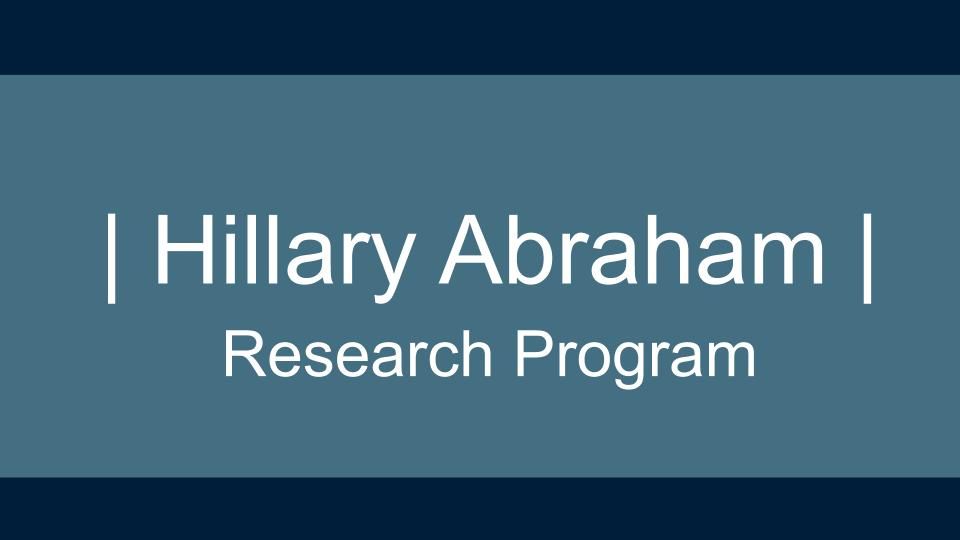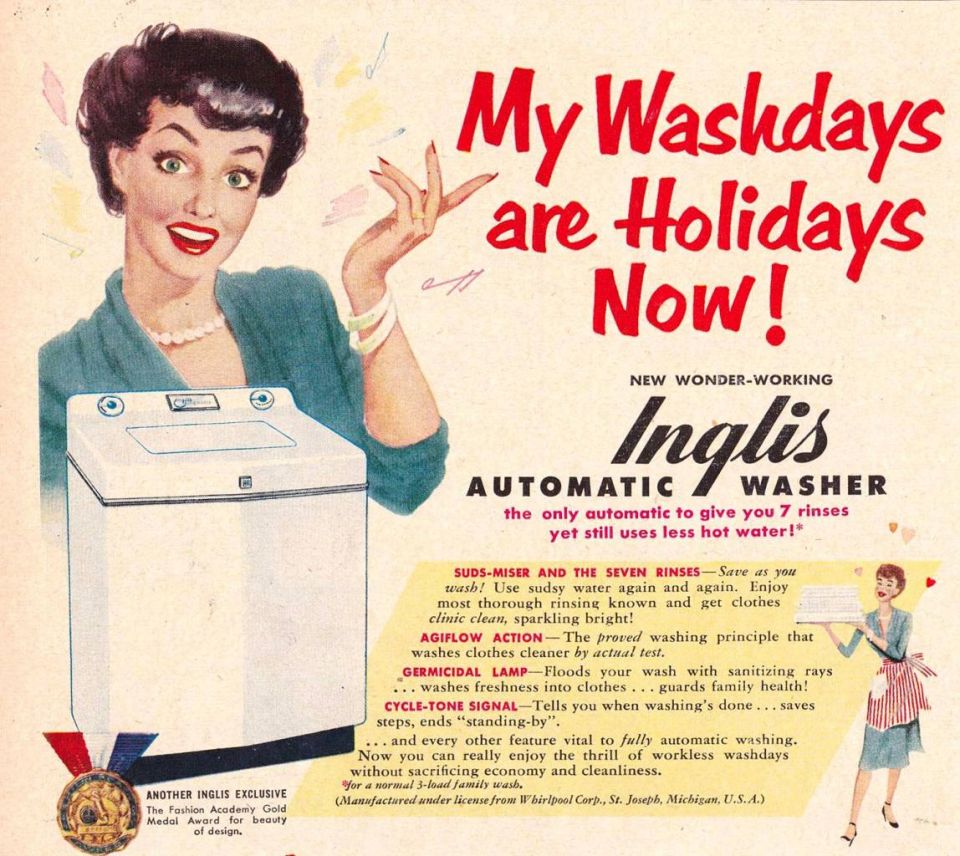
Cite as: Abraham, Hillary. 2019. Research Program Description. University of California. November. http://centerforethnography.org/content/hillary-abraham-research-program/essay
Hillary Abraham is a PhD student in the University of California Irvine’s Department of Informatics. Her research explores technology use in the context of work and home settings. She is currently working on a cross-campus project exploring the ways in which independent workers leverage technologies of various forms in service of broader goals. She is also working on this project exploring how digital technologies, or “smart home” technologies, are chosen and integrated in homes.
This research program investigates the historic and present use of technology in the home. In particular, it interrogates the conception of work. Rather than focus on invisible work, which has traditionally been studied in the context of domestic labor, this project explores the ways in which work is made visible. Some research questions include:
What are the current and historical discourses surrounding smart homes, and how do these vary across different stakeholders?
How do the designs of domestic technologies contribute to or overturn traditional divisions of household labor, possibly reproducing or extending conventional gender inequalities?
(How) do builders of smart homes “perform” labor, and does this contribute to or reflect inequalities in the division of household labor?
How do domestic technologies relate to issues of power and surveillance within the home? Do occupants believe these to be issues, and in what ways do they cope?
My methods are ethnographic in nature and consist primarily of interview, participant observation, and some video / media analysis. These methods are optimal for trying to understand the intricacies of lived experiences and how broader sociocultural norms and expectations interact with the problem space.
This project leverages several forms of data, including interviews, home walkthroughs, YouTube videos, advertisements, and more. The varied data types allow for a holistic picture of the problem space.
This essay shares the progress on a portion of the broader project. I am using YouTube as a space for studying discourses of home automation from tech enthusiasts' perspectives.
Smart Homes have been a hot topic for decades. This section links to various pop culture and current event resources that describe how smart homes are affecting people in the real world.

Home automation has had a recent resurgance in popularity due to the influx of voice assistance, robot vaccuums, and tablet-controlled lighting entering the market. However, this phenomenon is not novel. Promises that automation will eliminate domestic labor are longstanding. However, these promises have yet to be fulfilled.